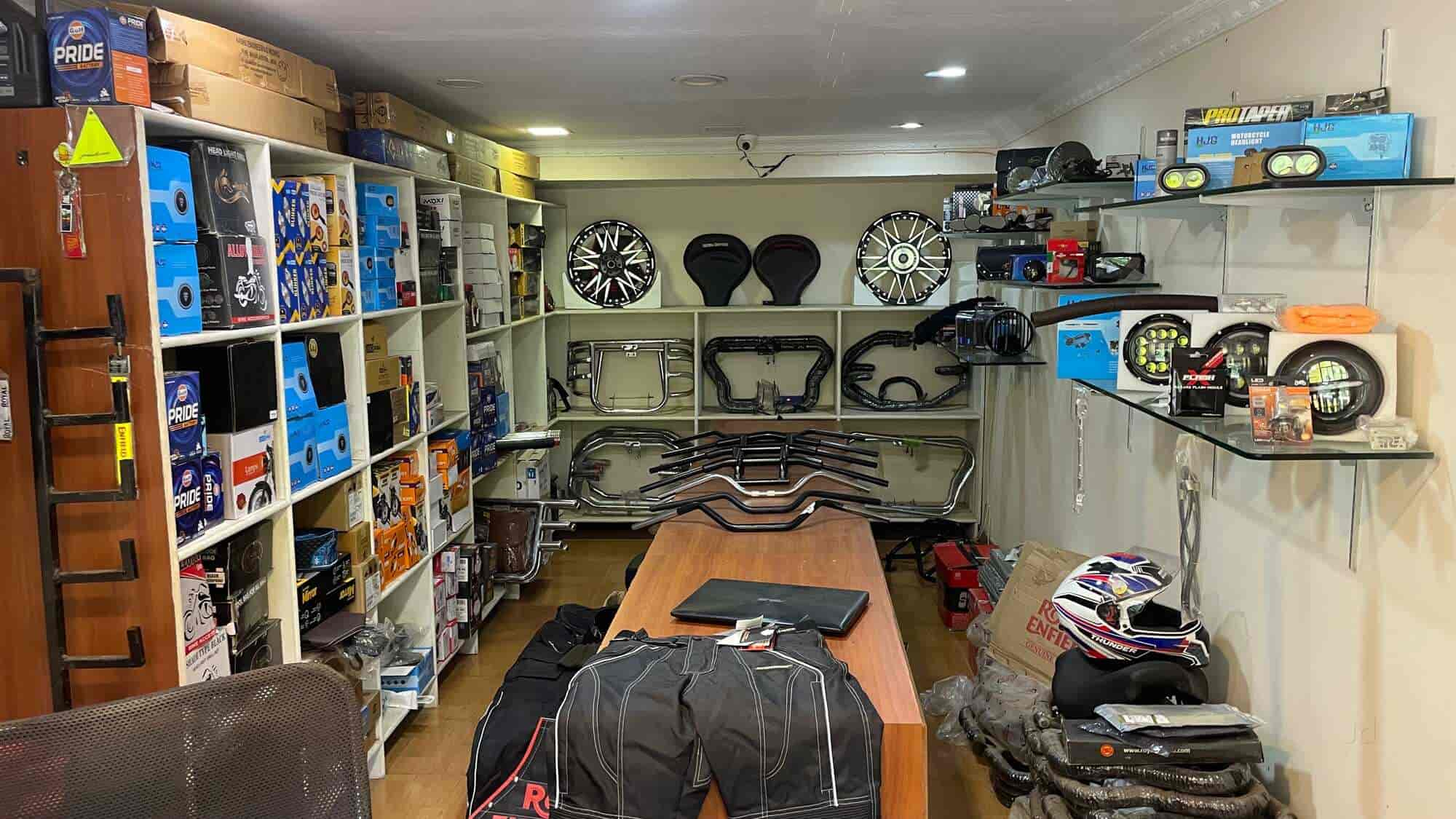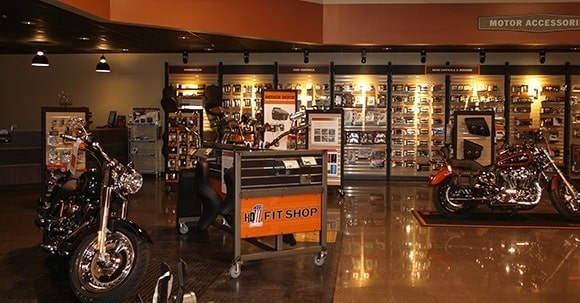Recognizing the Important Parts of a Motorcycle: A Comprehensive Guide for Enthusiasts
For bike lovers looking to boost their riding experience and guarantee their bikes run efficiently, comprehending the vital elements of a motorcycle is extremely important. Each aspect, from the engine's elaborate operations to the critical function of the stopping mechanisms, not only influences efficiency yet likewise security and comfort.
Engine Elements

The camshaft plays a critical function in regulating the timing of the engine's shutoffs, making certain the precise opening and closing essential for reliable fuel and air intake, along with exhaust expulsion. This timing is essential to keeping optimal engine performance and performance. In addition, the carburetor or fuel shot system, depending on the bike version, is responsible for blending air with fuel in the appropriate proportion for burning.
The cooling system, either air or liquid-based, works to preserve the engine's temperature level within operational restrictions, preventing getting too hot and guaranteeing durability - motorbike shop. Each element, thoroughly developed and integrated, contributes to the smooth operation of the engine, defining the bike's power output and total efficiency
Transmission System
Integral to the motorbike's performance, the transmission system ensures reliable power transfer from the engine to the wheels. This system consists of numerous vital parts, consisting of the clutch, gearbox, and last drive, each playing a vital role in translating the engine's power right into motion. The clutch, commonly operated by a hand lever, offers to involve and disengage the engine from the transmission, permitting smooth equipment adjustments and regulated velocity.
The gearbox, often described as the transmission appropriate, has a collection of equipments that motorcyclists can manually change through to readjust the bike's speed and torque outcome. These gears are prepared in a sequence that makes it possible for the bike to accelerate smoothly and keep optimum engine efficiency throughout different rates. Many motorbikes utilize a sequential transmission, needing the cyclist to change gears in an established order.
Braking Mechanisms
While understanding the transmission system is crucial to utilizing a bike's power, just as vital is the capability to control and stop that power effectively, which is where braking mechanisms enter into play. Brakes are critical for security and performance, giving the rider with the needed control to navigate numerous surfaces and problems. Typically, bikes feature 2 sorts of braking systems: disc brakes and drum brakes.
Disc brakes are extra common in modern-day motorcycles due to their remarkable efficiency. They contain a brake disc, caliper, and pads. When turned on, the caliper squeezes the brake pads against the rotating disc, transforming kinetic energy into heat, thereby slowing the wheel. This system uses better warm dissipation, constant efficiency, and boosted stopping power, especially in wet problems.
On the other hand, drum brakes, though less typical, are still discovered in some motorbikes. They function by pressing brake footwear against the internal surface area of a drum connected to the wheel. While generally much less effective in heat dissipation and stopping power, drum brakes are less complex and extra affordable.
Recognizing these stopping systems' subtleties enables bikers to preserve their motorbikes effectively and value the engineering that makes sure efficient and secure stopping.
Suspension and Steering
Suspension and guiding systems carnage motorcycle helmet are crucial components that significantly affect a motorcycle's handling and trip comfort. The shock absorber, containing forks at the front and shock absorbers at the rear, dirt bike steering stabilizer soaks up roadway abnormalities, improving security and control. Front forks, typically telescopic or inverted, compress and rebound to alleviate effects, while rear shock absorbers maintain tire contact with the road, critical for grip and safety and security.
Guiding, focused around the handlebars, connects the rider to the motorcycle's directional control. The steering head bearings make certain smooth procedure, permitting precise maneuverability. Appropriate placement and upkeep of these bearings are critical for predictable guiding feedback and lowering motorcyclist tiredness.
The suspension's adjustability is one more important aspect; preload, damping, and rebound setups allow personalization to suit numerous riding problems and styles. This adaptability is crucial for optimizing efficiency, whether navigating metropolitan streets or taking on rugged routes. Developments like electronic shock absorber use real-time changes, improving trip top quality across diverse surfaces.

Electrical Systems
After making sure a smooth and regulated adventure through efficient suspension and steering systems, interest transforms to the electrical systems, an essential element of contemporary bikes. These systems play a vital role not only in beginning the engine however additionally in powering various parts that boost the functionality and security of the bike.
At the heart of a motorcycle's electric system is the battery, which stores electric power necessary for starting the engine and powering auxiliary systems - mx parts nz. The alternator or generator, combined with the rectifier-regulator, makes certain the battery stays billed while the bike functions, converting mechanical power right into electric power and maintaining voltage degrees
The ignition system, an additional crucial element, is accountable for firing up the air-fuel mix in the engine's cyndrical tubes. Modern bikes often use a digital ignition system, offering greater efficiency and integrity compared to standard systems.
Illumination systems, consisting of headlights, tail lights, and indications, are also important, making sure presence and safety for the motorcyclist. click for more Added digital elements such as sensors, control systems, and presents add to innovative functions like fuel shot management, anti-lock stopping systems (ABS), and digital dashboards, further boosting the riding experience.
Conclusion
A complete understanding of a motorcycle's essential parts, including the engine, transmission system, stopping systems, suspension, guiding, and electrical systems, is essential for fanatics intending to enhance performance, safety and security, and comfort. Mastery of these elements permits informed choices regarding upkeep and upgrades, eventually boosting the riding experience. By integrating this understanding, cyclists can ensure their motorcycles operate at peak effectiveness and reliability, thus making the most of both pleasure and longevity of their automobiles.
For bike enthusiasts looking to elevate their riding experience and guarantee their bikes run smoothly, comprehending the essential elements of a motorcycle is extremely important.Essential to the motorbike's capability, the transmission system ensures effective power transfer from the engine to the wheels.While comprehending the transmission system is key to utilizing a motorbike's power, equally vital is the ability to control and stop that power properly, which is where braking mechanisms come right into play. Commonly, motorbikes include two types of braking systems: disc brakes and drum brakes.
A detailed comprehension of a bike's essential parts, including the engine, transmission system, braking mechanisms, suspension, guiding, and electrical systems, is crucial for enthusiasts aiming to optimize comfort, safety, and performance.
Comments on “Go To Our Motorcycle Shop for Specialist Guidance and Top Quality Products”